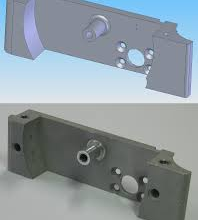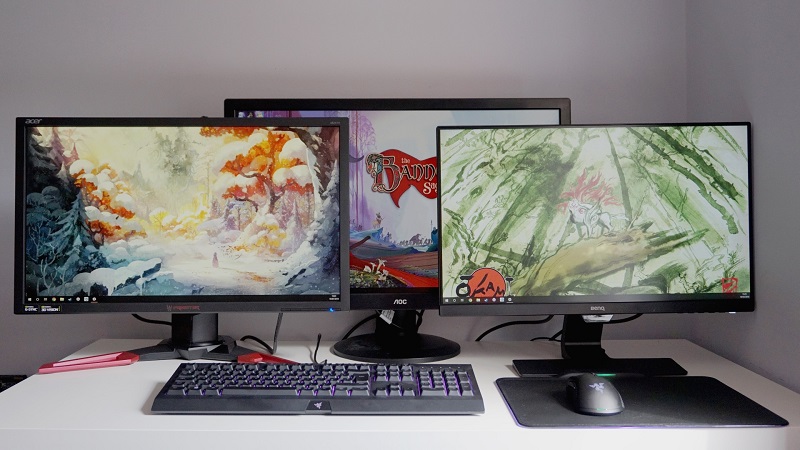
Splitters may be small, but they are powerful little pieces of equipment, especially when you need to manipulate your input/output configuration. In fact, one of the first things checked when audio or video gets frozen is the point when cables are connected to appliances. Depending on how you have your equipment set up, however, it may take some time to identify the faulty components.
Splitters, Dividers, and Combiners
Although these devices often look the same and have similar forms of operation, there are a few types of splitters and combiners:
- RF (or radio frequency) splitters do what their name says: they split the incoming signal. Sometimes, this component is called an RF divider.
- Power splitters or dividers accept power and then divert it toward two or more destinations.
- RF combiners combine multiple frequencies into a single line of feed. When this happens, the level of power leaving the output port is the same as the sum of the two input levels.
You need to be familiar with the various options in order to choose the component that will work best for your setup.
Resistive and Hybrid Splitters
One of the first decisions to make is whether resistive or hybrid splitters are appropriate for your application. Resistive power splitters are generally simpler to use and are more cost-effective than hybrid splitters. However, this type of splitter is also more likely to result in a loss of signal strength or power output. Hybrid splitters use transformers (rather than resistors) for operation. This difference reduces the level of loss.
Power Ratings
Next, consider the power rating of the splitter. The power load for these components is determined by the transformer’s core and the size of the wires used. Power loads and losses are measured in decibels (dB) and are expressed in ratios between how much acoustic compared to electric power exists.
The high power dividers, splitters, and combiners are frequently used to connect more than one device to a single source (such as incoming television, internet, and radio signals). Choosing the right component can affect the quality of the picture, sound, and power output you get from your system.




